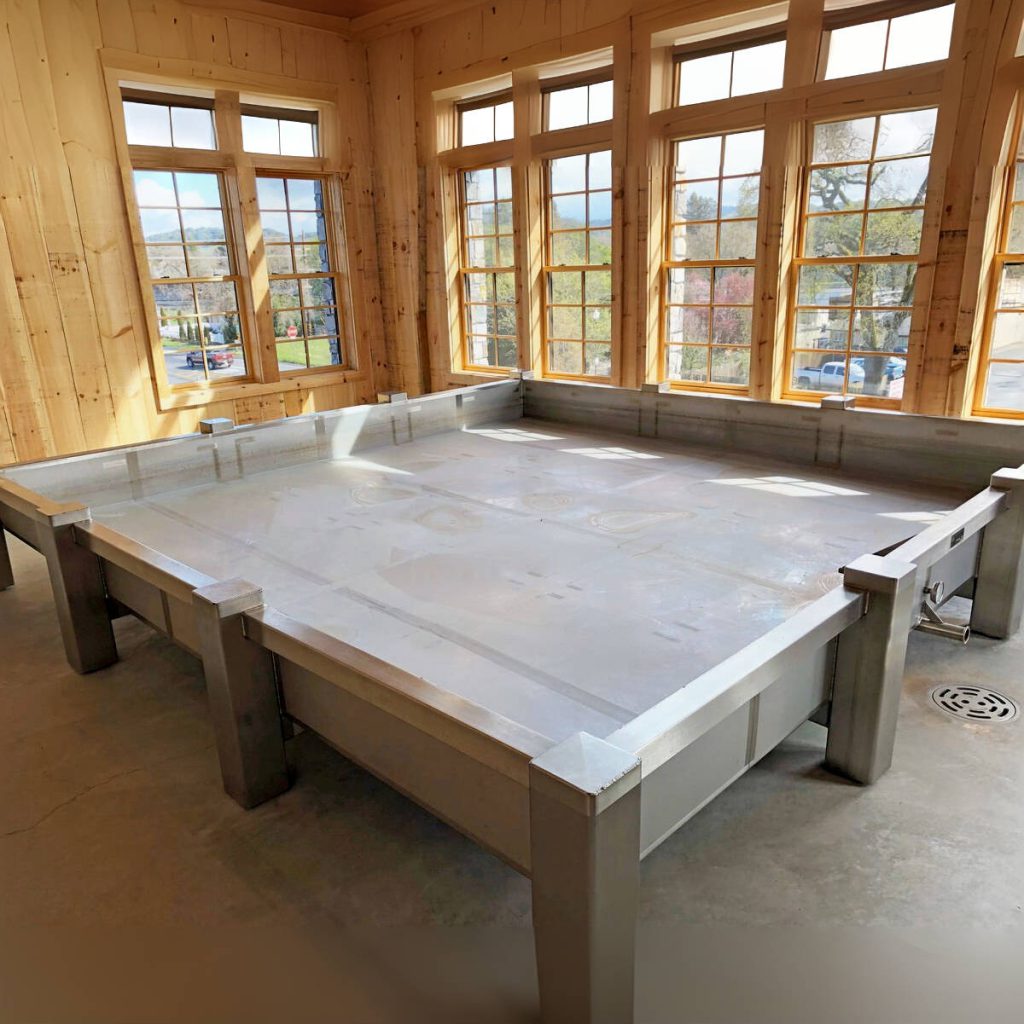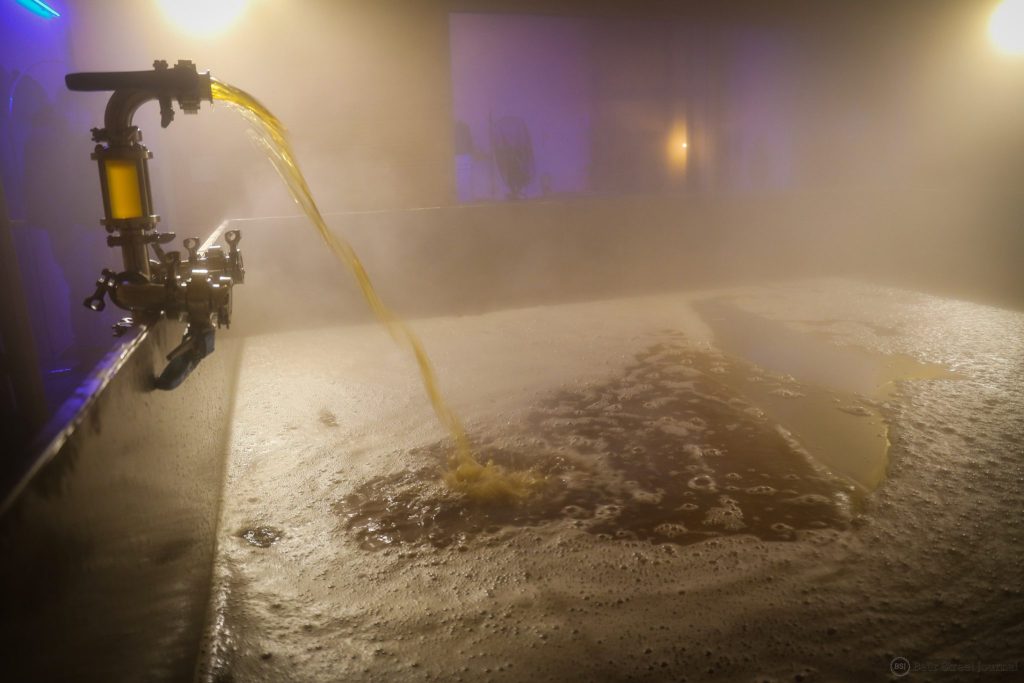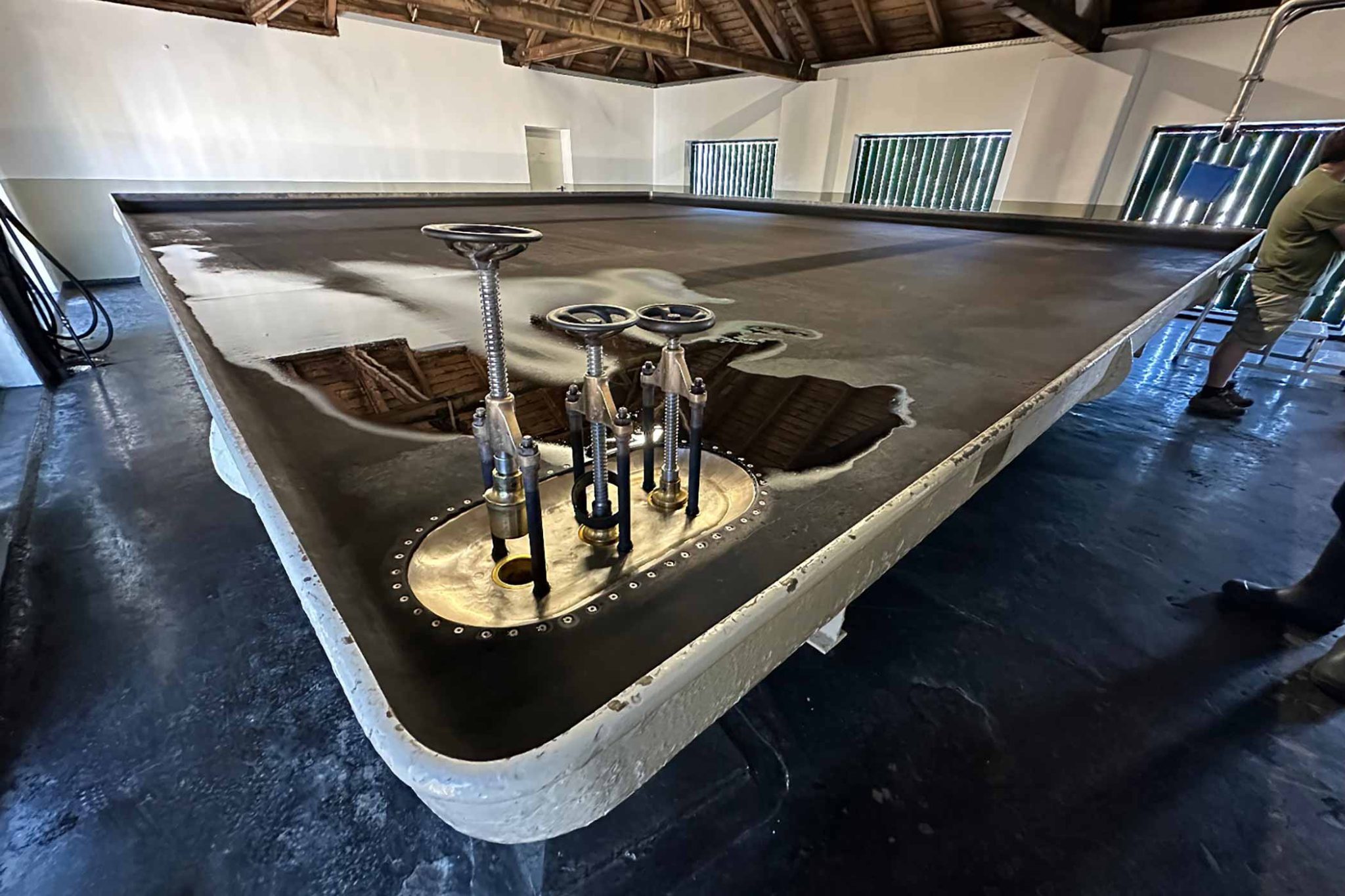مقدمة

In the ever-evolving landscape of craft beer, brewers are constantly seeking innovative techniques to craft unique and flavorful brews. One such method, steeped in tradition, is the utilization of a brewing coolship. This open-topped, shallow vessel plays a pivotal role in the cooling and flavor development of specific beer styles. By delving into the historical context, technical aspects, and contemporary significance of brewing coolships, we can appreciate their enduring impact on the craft beer industry.
A Brief History of Brewing Coolships
The origins of the coolship can be traced back to medieval Europe, where it served as an essential tool in the brewing process. Before the advent of modern refrigeration technology, brewers relied on natural cooling methods to lower the temperature of wort, the sweet liquid resulting from the mashing process. By exposing the wort to cool night air in open-topped vessels, brewers could rapidly decrease its temperature and simultaneously encourage the proliferation of wild yeast strains. These wild yeasts, often indigenous to the specific brewing location, imparted unique flavors and aromas to the resulting beer, contributing to the development of distinct regional styles.
How Does a Brewing Coolship Work?
A brewing coolship typically consists of a large, shallow, open-topped container constructed from stainless steel or wood. Following the boiling process, the hot wort is transferred to the coolship, where it undergoes a natural cooling process. As the wort cools, it releases volatile compounds and aromatic substances, contributing to the development of a complex flavor profile. Furthermore, the open nature of the coolship allows wild yeasts and bacteria to fall into the wort, initiating the fermentation process. These wild microorganisms, often referred to as “wild yeast,” play a crucial role in shaping the final character of the beer.
The Benefits of Using a Brewing Coolship
The utilization of brewing coolships offers several advantages for craft brewers:
- Unique Flavor Profiles: Wild yeast strains that colonize the coolship contribute a diverse range of flavors, including fruity, floral, spicy, and earthy notes. These unique flavors can elevate the complexity and character of the beer.
- Traditional Styles: Coolships are indispensable for producing traditional beer styles such as Belgian Lambics and Flemish Oud Bruins. These styles rely on spontaneous fermentation with wild yeast strains, which are introduced through the coolship.
- Connection to Place: By harnessing local wild yeast strains, brewers can create beers that are intrinsically linked to their geographic origin. These terroir-driven beers reflect the unique microbial ecology of the brewing environment.
The Challenges of Using a Brewing Coolship
While brewing coolships offer numerous benefits, they also present certain challenges:
- تناسق: The use of wild yeast strains can introduce variability in flavor profiles from batch to batch. This variability can be both a blessing and a curse, as it can lead to unique and unexpected flavors, but it can also make it difficult to maintain consistent quality.
- تلوث: If not properly sanitized, coolships can become susceptible to contamination by unwanted microorganisms. This can negatively impact the flavor and quality of the beer.
- Weather Dependence: The effectiveness of a coolship is heavily reliant on weather conditions, particularly temperature and humidity. Adverse weather conditions can hinder the cooling process and introduce unwanted microorganisms.
Comparison of Controlled Fermentation vs. Spontaneous Fermentation Using a Coolship
| ميزة | التخمير الخاضع للرقابة | Spontaneous Fermentation |
|---|---|---|
| سلالة الخميرة | Cultured, laboratory-selected | Wild, indigenous |
| ملف تعريف النكهة | Consistent, predictable | Variable, terroir-driven |
| Process Control | عالي | قليل |
| Timeframe | Relatively short | طويل |
دور Brewing Coolship in Modern Craft Beer

Despite the advent of modern brewing techniques, including controlled fermentation with cultured yeast strains, the coolship continues to hold a significant place in the craft beer industry. Many contemporary brewers are embracing traditional methods and utilizing coolships to create distinctive and complex beers. By harnessing the power of wild yeast and the natural cooling process, brewers can produce beers that exhibit extraordinary complexity and depth of flavor.
While the use of coolships presents certain challenges, the rewards, in terms of unique and terroir-driven beers, make it a valuable tool in the craft brewer’s arsenal. As the craft beer industry continues to evolve, the brewing coolship remains a symbol of tradition, innovation, and the pursuit of exceptional flavor.
خاتمة
ال تخمير كولشيب, a relic of ancient brewing practices, has experienced a resurgence in popularity among craft brewers. By harnessing the power of wild yeast and the natural cooling process, brewers can create beers with extraordinary complexity and depth of flavor. While the use of coolships presents certain challenges, the rewards in terms of unique and terroir-driven beers make it a valuable tool in the craft brewer’s arsenal.
التعليمات
What is the difference between a coolship and a fermenter?
A coolship is primarily used for rapid cooling and initial fermentation, while a fermenter is employed for the main fermentation process.
Can I use a coolship at home?
Yes, with the appropriate equipment and strict sanitation procedures, it is possible to utilize a coolship at home to brew your own beer. However, it is important to note that home brewing with coolships can be more challenging and requires careful attention to detail.
What are some examples of beers brewed with coolships?
Belgian Lambics, Flemish Oud Bruins, and Berliner Weisses are classic examples of beer styles that traditionally rely on the use of coolships. These styles exhibit complex flavor profiles that are

